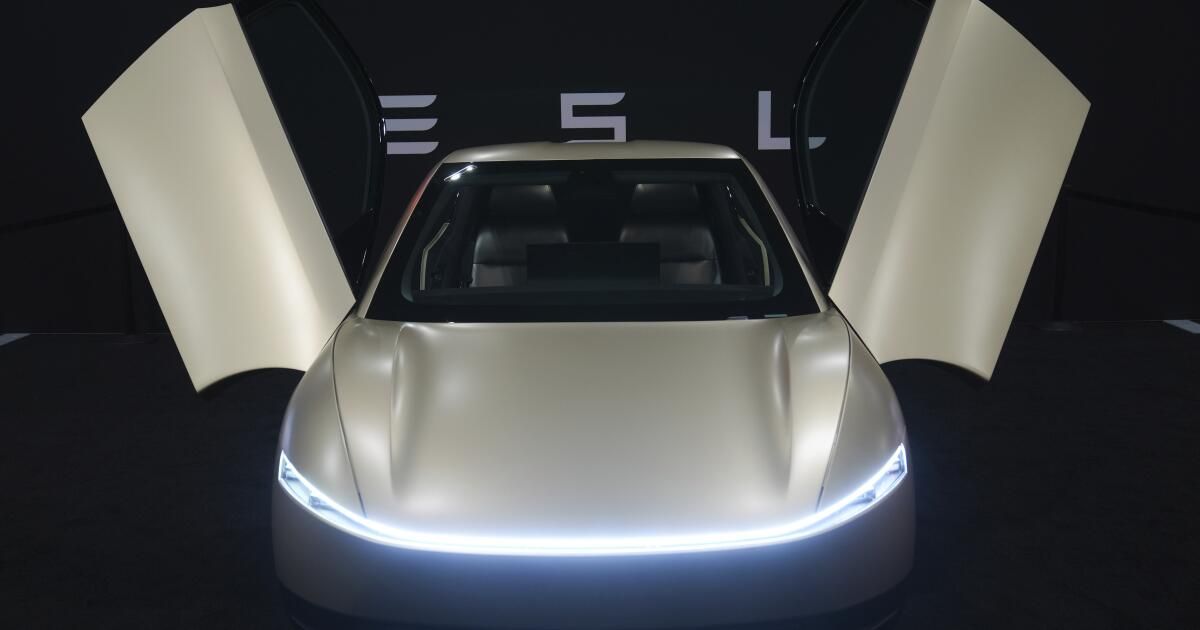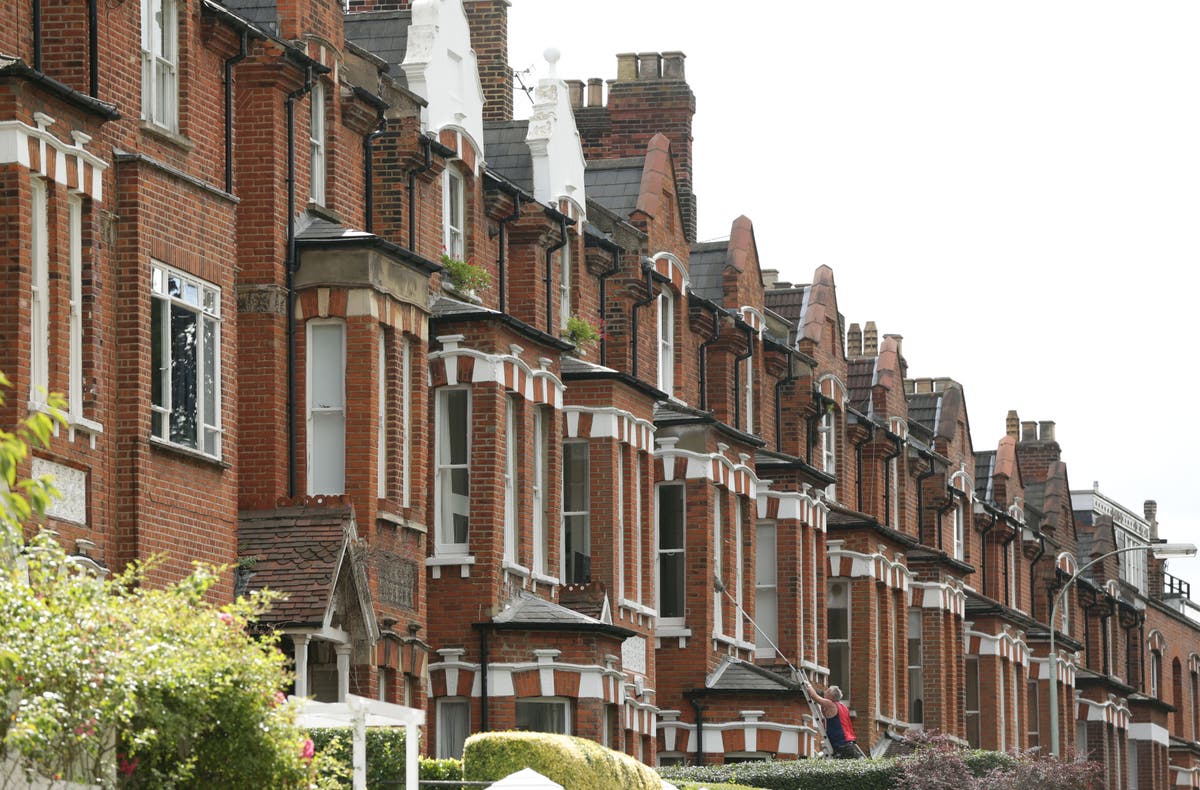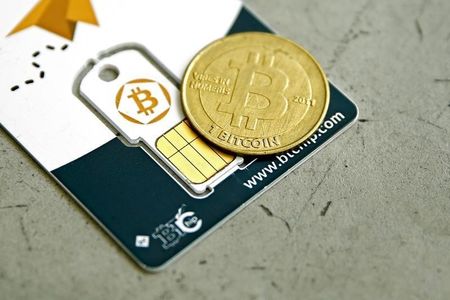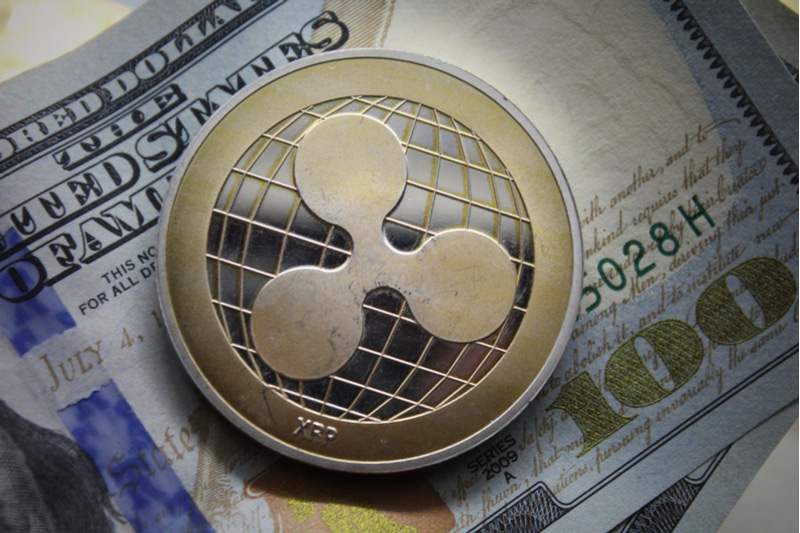As the robotaxis becomes a more familiar view in the streets of Los Angeles, Tesla has taken a step that could bring it closer to build its own fleet of autonomous electric vehicles, confirmed the California Public Services Commission last week.
In November, Tesla requested a permit that allowed the manufacture of electric vehicles to deploy transport services with vehicles owned by the company and human drivers. Permission would be required for Tesla to advance autonomous taxis.
The executive president, Elon Musk, has made clear his ambitions for a Robotaxi service promoted by Tesla vehicles, although his company has been criticized by the United States government security agency for making statements that their vehicles can drive.
Without a doubt, the automobile manufacturer is still very far before he can launch a service.
And he is still playing up to date. Although Waymo has put vehicles without driver on the road in cities, including Los Angeles and San Francisco, industry experts say that Tesla is still far from offering a Robotaxi service.
This is what you should know:
What is the permission for?
A transport carrier permit, or TCP. According to the CPUC website, companies that are autonomous for sporting events or limousines for special occasions use this permission, according to the CPUC website.
If it is granted, the permission alone would not allow Tesla to make any autonomous travel of vehicles, with or without someone behind the wheel. Rather, permission is a prerequisite for the passenger service of autonomous vehicles of the commission, which would give Tesla permission to display taxis without driver in the state.
Currently, only a handful of companies are allowed to deploy taxis without driver in California: Waymo, Weride AI and Zoox. Cruise, who was arrested by General Motors after causing serious injuries to a pedestrian, had his suspended permission.
What is Tesla planning?
There is no direct connection between obtaining a TCP and operating a robotaxis fleet, said Bryant Walker Smith, associate professor at the South Carolina University that specializes in emerging transport technology.
But Musk is probably trying to point out a movement towards autonomous services, he said.
“One possibility is that it really has nothing to do with robotaxis, and they really just want to operate a lot of Tesla party buses,” Bryant said. “I think it's unlikely.”
Obtaining a TCP could help Tesla lay the foundations for a future fleet, said Sam Abuelsamid, who investigates emerging transport technology for telemetry ideas.
“They probably want to do some tests of the real world of their dispatch system, looking towards the road when they hope to launch a Robotaxi service,” he said.
Musk said in a profit call in January that great profits were made using autonomous driving, claiming that older cars will attract more value during the night with a software update. “Very few people understand the value of their own driving and our ability to monetize the fleet,” he said.
How soon could they get to Tesla Taxis without a driver to get to the road?
The timeline for the taxis without driver in California is not clear. The company must be approved for a TCP permit and also apply and be accepted in the CPUC autonomous vehicle program. The California Motorized Vehicle Department also has permits required to perform tests and eventually deploy driverless vehicles.
The autonomous teslas could go on the roads before in Austin, Texas, where the regulations are less strict. Tesla contacted Austin officials in charge of their autonomous vehicle working group in May, Bloomberg reported.
The regulatory process in California could take up to one year, assuming that Tesla's technology shows safe, said Smith.
Tesla did not respond to a request for comments, but Musk said in the January profit call that Tesla would put Cybertrucks, Model 3s and Model Ys using “autonomous driving” technology without supervision on the road in Texas and California as soon as this year. The guests in October made trips on a closed track for Cybercab and Cybevan prototypes, which lack steering wheels, rear view mirrors and gas pedals or brakes.
“I tend to be a bit optimistic with the deadlines,” Musk told the crowd in a Tesla Keynote speech in Burbank in October. Musk has promised a totally autonomous driving since 2014. He has also exaggerated the skills of the autonomous driving mode of Tesla, according to Abuelsamid and other experts.
“I don't hope that robotaxis will happen for Tesla for a long time,” Abuelsamid said. “I don't think its technology is adequate for that until some fundamental changes make.”
Is technology safe?
The Supervised Supervised Self -Conconduction Mode of Tesla currently does not work without a human at the wheel, and the National Highway Traffic Safety Administration was investigating security concerns after multiple accidents, including one that killed a pedestrian.
Tesla tells drivers that they must be ready to intervene immediately while using self -driving mode, and a driver who hit a train while using autopilot admitted that the accident was his fault, NBC reported.
NHTSA's autonomous car regulators suffered from dismissals after the efficiency cuts of the Government Department led by Elon Musk, the Washington Post reported to that team.
A study by ISEECARS.com published on November said that Tesla had the highest rate of fatal accidents of all car brands between 2017 and 2022 despite the use of driver assistance technology and high shock safety ratings by the Institute of Insurance for Road Safety. A Tesla executive called the study “Clickbait” in an X publication and said the study used an estimated mileage number that was not necessary.
Tesla's autonomous driving technology differs from Waymo in several ways, said Abuelsamid. Waymo vehicles use cameras, as well as radar and a type of laser -based radar called Lidar to navigate the roads. Musk has repeatedly denounced the use of Lidar, but his great dependence on the cameras has made the full autonomous mode less safe, according to Abuelsamid.
Smith also noticed factors that differentiate Waymo's driver without driver from Tesla's autonomous driving mode. Waymo vehicles use a more advanced map to navigate, he said, and more often trusts a modular learning process that allows them to react to the surrounding environment.
“Each announcement that Musk makes a goal of trying to build the narrative around Tesla's autonomy,” said Abuelsamid. “When you really look at technology, it simply does not keep.”









